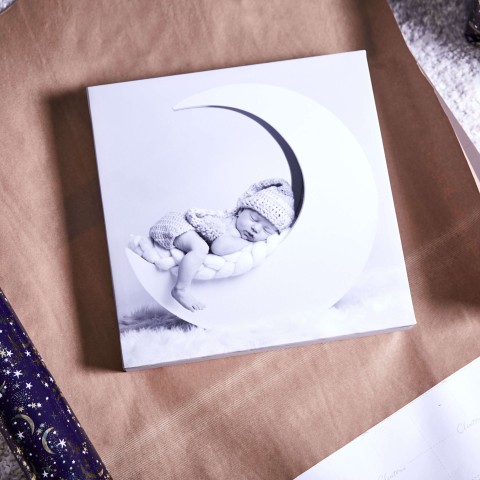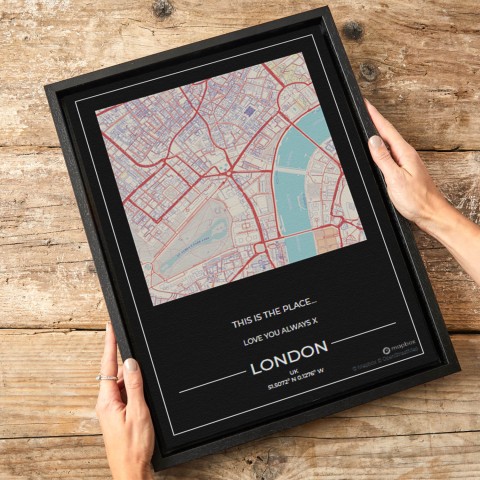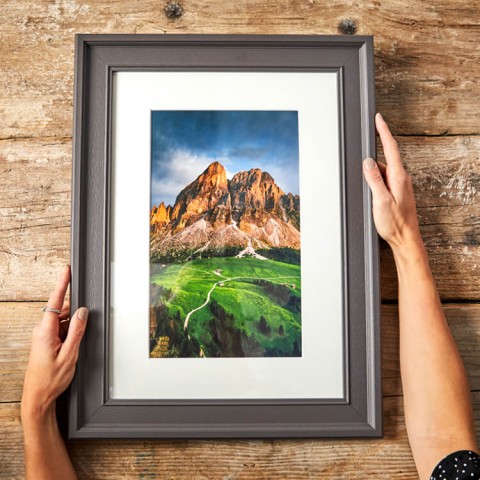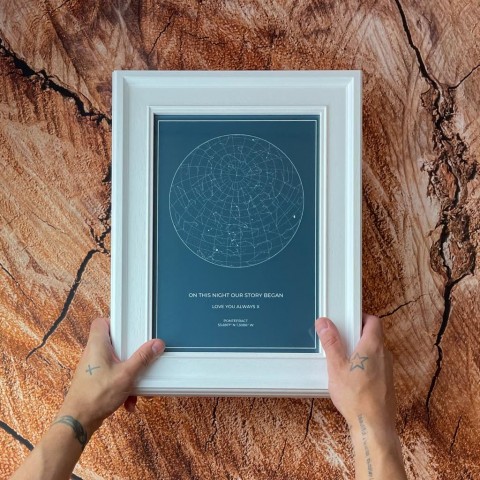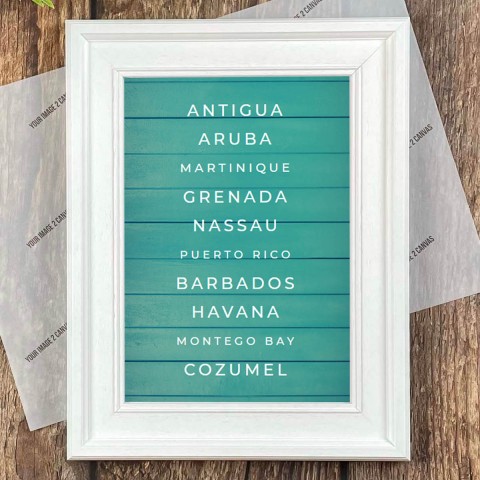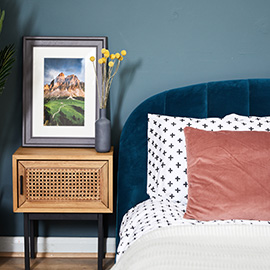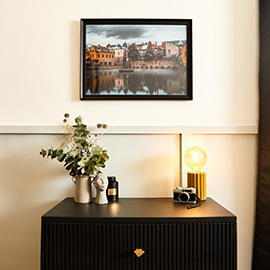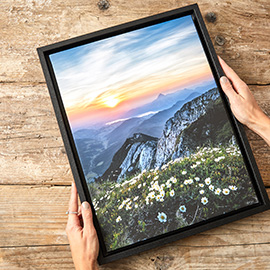Stunning Seascape Photography Tips – Part II
Last week we looked some of the key steps necessary to create the kind of quality seascapes that you’d be proud to hang on your wall. This type of shot's very popular for large canvases, but requires a certain degree of skill and care to execute correctly. If you follow the tips presented in this series you'll soon be producing works of art that will get your friends talking and brighten up any room with fabulous memories of your travel adventures.
Protect your gear
Okay, so you're on the beach, the wind is blowing a gale, your camera is set fast on a sturdy tripod and you're ready to grab some spectacular shots. Trouble is the sand is hammering into the front element of your lens! Always use some kind of filter when shooting on the beach – just because glass is made from sand doesn't mean it won’t damage it if it batters it mercilessly! Sand will scratch the glass and, if it gets into the gears of the lens, you'll be left with an expensive doorstop or a hefty repair bill. So always use a good quality filter for the front element and put your back to the wind and shield your camera if you need to change lenses. Sand in the body of your DSLR is an even bigger nightmare to repair - avoid lens changes if at all possible, but if you have to, be quick and shield behind a coat or in your kit bag.
Use ND filters
Most seascape photographers carry an array of different strength ND filters in their camera bag. ND filters are useful if you wish to slow down the shutter speed to create those beautiful long exposure images, where the sea is smooth and atmospheric. Choosing areas of the beach or rocks where the waves are crashing adds to the effect, as the water spraying up from the rocks will take on ethereal qualities adding mood to your image. You'll need to pre-focus before putting the filter on, because most ND filters are quite dense and you may not be able to see through them, which means the autofocus system of you camera can't either! Long exposures of between 30 seconds and two minutes make camera shake much harder to prevent – if it's at all possible, protect your camera from the wind by shielding it with your body.
Use graduated ND filters... Or not!
You’ll often find that there's a difference of 3-4 stops in exposure above and below the horizon in your seascapes. Classically, this would be rectified by adding a graduated ND filter. Grad filters work because the top half of the glass is darker than the bottom half, which equalizes the exposure. Decent filters are very expensive though, so modern photographers have worked out a post-processing technique to do the job of graduated filters – and, some might say, do it better!
Next week we'll learn a little more about that digital graduated filter technique, along with some other great tips to ensure your final image has the required impact.
Tags canvas print, seascape photography


